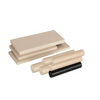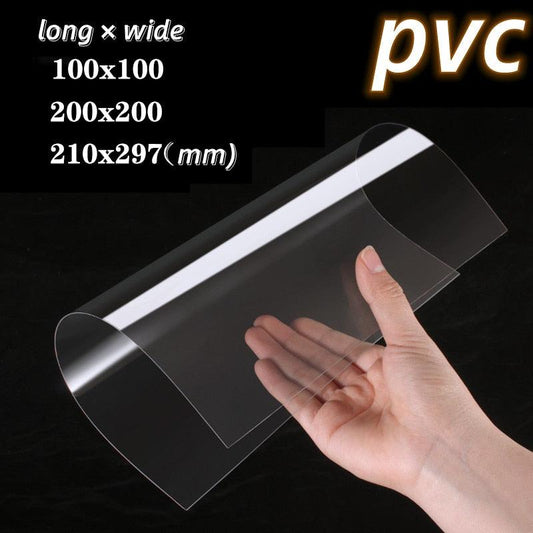Do you know what polypropylene (PP) is? It’s a kind of plastic that you can find in many things you use every day, like bottles, bags, clothes, medical devices, and car parts. Polypropylene is awesome because it’s strong, durable, heat-resistant, and cheap. That’s why it’s one of the most popular plastics in the world.
🎉🎉🎉Limited Time Offer Use code: QR4GNY08SHVR at checkout and enjoy a special discount on your entire order! 👉PP board
But there’s a problem. Polypropylene doesn’t go away easily. It stays in the environment for a long time, filling up landfills and oceans. It can also leak harmful chemicals into the soil and water, affecting the health of animals and people.
So, can we make polypropylene go away? Is there a way to make it break down naturally by tiny living things called microorganisms? And are there better alternatives to polypropylene that are more friendly to the planet? In this article, we will answer these questions and give you a complete guide on polypropylene and bioplastics.
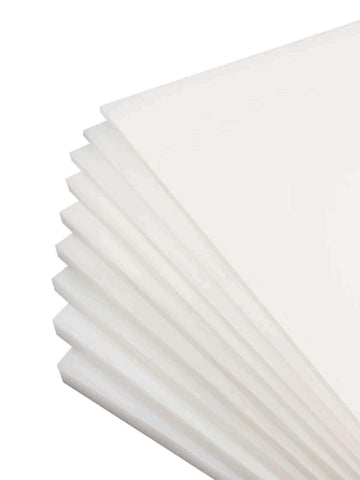
What does it mean to go away?
Before we get into the details of polypropylene and bioplastics, let’s first understand what it means to go away. According to the American Society for Testing and Materials (ASTM), biodegradable plastics are “a degradable plastic in which the degradation results from the action of naturally-occurring microorganisms such as bacteria, fungi, and algae”.
Biodegradation is a natural process that turns organic matter into simpler substances, like carbon dioxide, methane, water, inorganic compounds, or biomass. Biodegradation can happen in different places, like soil, compost, water, or landfill. The speed and amount of biodegradation depend on many things, like temperature, moisture, oxygen level, pH, and the presence of microorganisms and enzymes.
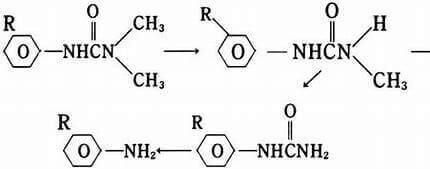
But not all biodegradable plastics are the same. Some biodegradable plastics can go away completely within a few months or years under certain conditions. These plastics are usually called compostable plastics. To be called compostable, bioplastics must meet the ASTM D6400 standard for compostability – they must go away in a specific time period leaving no toxins in the soil.
Other biodegradable plastics can take decades or centuries to go away partly or fully under natural conditions. These plastics are usually called oxo-degradable or oxo-biodegradable plastics. They have an additive that makes them go away faster when exposed to oxygen or sunlight. But they may leave behind tiny pieces of plastic or toxic leftovers that can hurt the environment.
Why doesn’t polypropylene go away?
Polypropylene doesn’t go away because it has a strong structure that resists going away by natural microorganisms. Polypropylene is made of long chains of carbon and hydrogen atoms that are linked by single bonds. These bonds are very stable and hard to break by enzymes or bacteria.
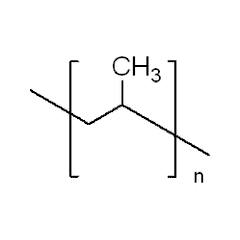
Also, polypropylene has more resistance to cracking than polyethylene, resulting in rarely going away in the absence of pretreatment processes such as extended time exposure to high temperature or UV exposure. These C-C chains can be broken by alkane dehydrogenase, an enzyme that is made by some bacteria and fungi.
But alkane dehydrogenase is not common in nature and needs specific conditions to work well. So polypropylene going away by alkane dehydrogenase is very slow and ineffective.
How can we make polypropylene go away?
There are some possible ways to make polypropylene go away by changing its structure or adding some additives.
One way is to mix polypropylene with other biodegradable polymers, like starch or cellulose. This can reduce the amount of polypropylene in the final product and increase its chance of being attacked by microorganisms. But this method may affect the strength and performance of polypropylene.
Another way is to add organic additives that can help the oxidation or hydrolysis of polypropylene. These additives can be pro-oxidants (like metal salts), hydrophilic agents (like glycerol), or bio-based polymers (like PLA). These additives can make polypropylene more sensitive to environmental factors like heat, light, moisture, or oxygen. But this method may not guarantee complete going away and may create tiny pieces of plastic or toxic leftovers.
A third way is to use biological methods to make polypropylene go away. This can involve using microorganisms or enzymes that can break down polypropylene into simpler compounds. For example, some researchers have found bacteria and fungi that can make polypropylene go away by producing alkane dehydrogenase or other enzymes. But this method may need specific conditions and long periods of time to achieve significant going away.
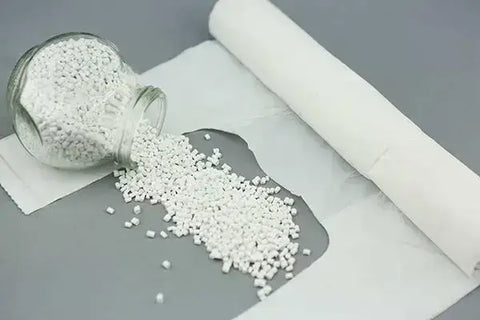
What can we use instead of polypropylene?
One of the alternatives to polypropylene is bioplastics. Bioplastics are plastics that are made from renewable or bio-based sources, like plants, algae, or waste. Bioplastics can have similar or better properties than conventional plastics, like strength, flexibility, transparency, and biocompatibility. Also, bioplastics can have a lower carbon footprint and offer going away as an end-of-life scenario if done in controlled or predictable environments.
But bioplastics are not a perfect solution. They also have some drawbacks and challenges, such as:
- Negative agricultural impacts: Growing crops for bioplastics may compete with food production, use water and land resources, and cause deforestation and biodiversity loss.
- Unclear end-of-life management: Bioplastics may not be compatible with existing recycling streams and may pollute them. Bioplastics may also not go away properly in natural environments and may leave behind tiny pieces of plastic or toxic leftovers.
- Higher costs: Bioplastics may be more expensive than conventional plastics due to higher production costs, lower economies of scale, and lack of infrastructure and incentives.
- Variable performance: Bioplastics may have different properties depending on the source, processing method, and additives used. Bioplastics may also be sensitive to temperature, moisture, or oxygen and may go away prematurely.

Some examples of bioplastics that can be used instead of polypropylene are:
- Polylactic acid (PLA): PLA is a bioplastic made from fermented corn starch or sugar cane. PLA has good mechanical properties, clarity, and biocompatibility. PLA is compostable under industrial conditions but not in home composts or natural environments.
- Polyhydroxyalkanoates (PHA): PHA is a bioplastic made by bacterial fermentation of organic waste. PHA has excellent going away in soil and water and good mechanical properties. PHA is more expensive than PLA and has lower thermal stability.
- Starch-based plastics: Starch-based plastics are bioplastics made from starch extracted from plants like corn, potatoes, or wheat. Starch-based plastics can be mixed with other polymers or additives to improve their properties. Starch-based plastics are compostable under industrial conditions but not in home composts or natural environments.

Summary
To sum up, polypropylene is not biodegradable and causes a serious environmental problem. There are some possible ways to make polypropylene biodegradable, but they have limitations and trade-offs. Bioplastics are a promising alternative to polypropylene, but they also have challenges and drawbacks.
So, the best way to reduce the impact of polypropylene and other plastics on the environment is to adopt more eco-friendly practices, such as:
- Reducing the use of plastic products and choosing reusable or recyclable options
- Separating plastic waste properly and throwing it away in designated places
- Supporting the development and innovation of bioplastics and their end-of-life management
- Educating ourselves and others about the benefits and challenges of bioplastics
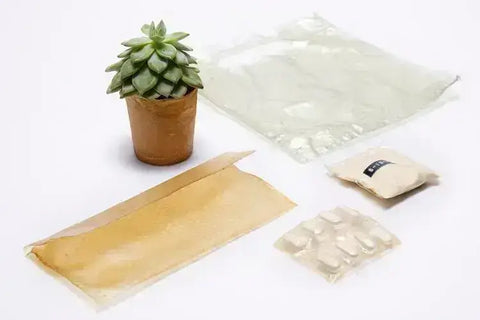
We hope this article has helped you learn more about polypropylene and bioplastics. If you have any questions or comments, please feel free to share them below.
If you are interested in using Polypropylene (PP) products or would like more information, please do not hesitate to contact us. We would be happy to be disturbed and help you with your needs. Do you need a free quote or help with any questions or materials?
🎉🎉🎉Limited Time Offer Use code: QR4GNY08SHVR at checkout and enjoy a special discount on your entire order! 👉PP board
Our website: www.beeplastic.com
Click to contact: Polypropylene (PP)



